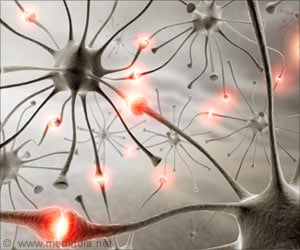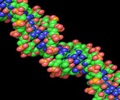Protein misfolding and clumping associated with diseases such as Alzheimer's can sometimes be reversed by yeast, reports a new research from the University of Arizona.

"It's believed that when these aggregates arise that cells cannot get rid of them," said Tricia Serio, UA professor and head of the department of molecular and cellular biology. "We've shown that's not the case. Cells can clear themselves of these aggregates."
Prions are proteins that change into a shape that triggers their neighbors to change, also. In that new form, the proteins cluster. The aggregates, called amyloids, are associated with diseases including Alzheimer's, Huntington's and Parkinson's.
"The prion protein is kind of like Dr. Jekyll and Mr. Hyde," said Serio, senior author of the paper published today in the open-access journal eLife. "When you get Hyde, all the prion protein that gets made after that is folded in that bad way."
For yeast, having clumps of amyloid is not fatal. Serio and her students exposed amyloid-containing cells of baker's yeast to 104 F (40 C), a temperature that would be a high fever in a human. When exposed to that environment, the cells activated a stress response that changed the clumping proteins back to the no-clumping shape.
The finding suggests artificially inducing stress responses may one day help develop treatments for diseases associated with misfolded prion proteins, Serio said.
Source-Eurekalert
 MEDINDIA
MEDINDIA




 Email
Email







